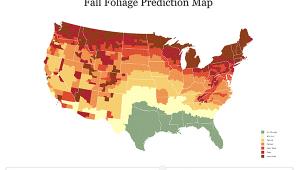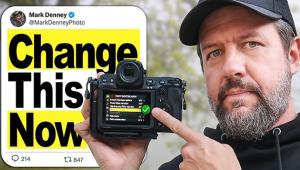A Keen Eye For Color; The Photography Of Alex Webb
Alex Webb's world is a vision of color. Each place he visits offers a new and expressive luminance. His joy in color is apparent as he speaks about Latin America, the Caribbean, the particular color note to the brown of Africa in the early morning and late afternoon light and the red tones where the aluminum in the soil brings forth the warm hues of the earth.
 |
|
|
In Istanbul he is intrigued by the presence of neon toward the early dusk,
the mixed light that distorts the reality of the surroundings.
Webb's pictures open a wide spectrum of color that offers varying sensations
as we travel from the humid, muted shades of the Amazon to the brilliance of
a Mexican landscape. The photographs are about emotion, about what he feels
and responds to. He considers himself "a somewhat traditional street photographer,"
tipping his hat to Cartier-Bresson, Kertesz, Frank, Winogrand, and Friedlander.
Member of Magnum and author of six books, Webb speaks of his own photography.
"My process," he says, "is very simple. I walk out the door
and I wander, letting my camera lead me where it will. I have no elaborate agenda
and my photographs are about exploration and discovery. That is what lies at
the heart of street photography."
Webb is part of a creative family, his mother a fine sculptor and his brother
an accomplished painter. His own instincts, however, ruled out sitting in front
of a blank piece of paper or an empty canvas or to come up with something from
his imagination. He needed to go out and look at the world and react to what
he saw. There was something imperative about leaving the environment he was
familiar with in the Northeast and heading toward the light and color that would
lead him to places where life is lived on the stoop and in the street rather
than behind closed doors.
 |
|
|
In college his majors were in literature and history and Webb will tell you
that a lot of his photographic instincts may well have emerged from reading
authors like Joseph Conrad, the Trinidadian writer V.S. Naipaul, and Gabriel
Garcia Marquez.
His mentor and teacher in photography was Charles Harbutt, who played an important
role in Webb's development. "My pictures are not really linked to
Charlie's," he says, "but there was something about his attitude
toward photography that touched me, about how the photographer's eye and
his personal inner world and outer world combined and how this is really where
a good photograph is born. Charlie encouraged my sense of personal vision. I
studied with him in 1972 at a time when I had doubts about my future in photography
and he was always encouraging me and telling me that the direction I was going
was okay."
Originally Webb worked in black and white but soon found that he was photographing
where color was a major part of the world and cultures he worked in. For Webb,
color is emotion.
"I still like something tangible that comes out of the film camera and
admit I am a dinosaur," he says, "but the way I layer photographs
is something I could not really accomplish with most of the digital cameras
that exist today. Basically, the relationship between the focal length of current
digital cameras and the way spatial depth works is different than the traditional
film cameras so I couldn't take exactly the same photographs.
 |
|
|
"This may change. I work now with little rangefinder Leicas, which are
small and unobtrusive and if I wanted a substantial digital file I would need
to use one of the larger SLRs. It would be a very different situation working
with a larger camera since a lot of what I do is linked to the fact that I can
come into situations somewhat unobtrusively. When I am closer to my subject
I experience the situation much more. I'm more involved when I'm
6 ft away rather than 12."
Kodachrome is still Webb's film of choice. "I'm one of a dying
breed," he says, "but I like the combination of the intensity and
at the same time, the neutrality of Kodachrome that a lot of the E6 films tend
not to have in certain situations. I don't know how much longer they will
continue to make Kodachrome. At this point there is only one place in the US
that processes it."

















































